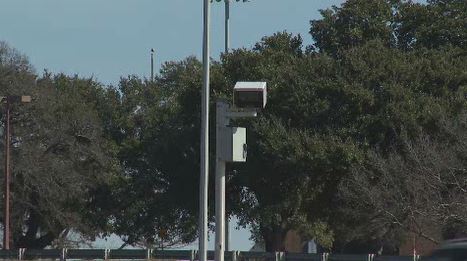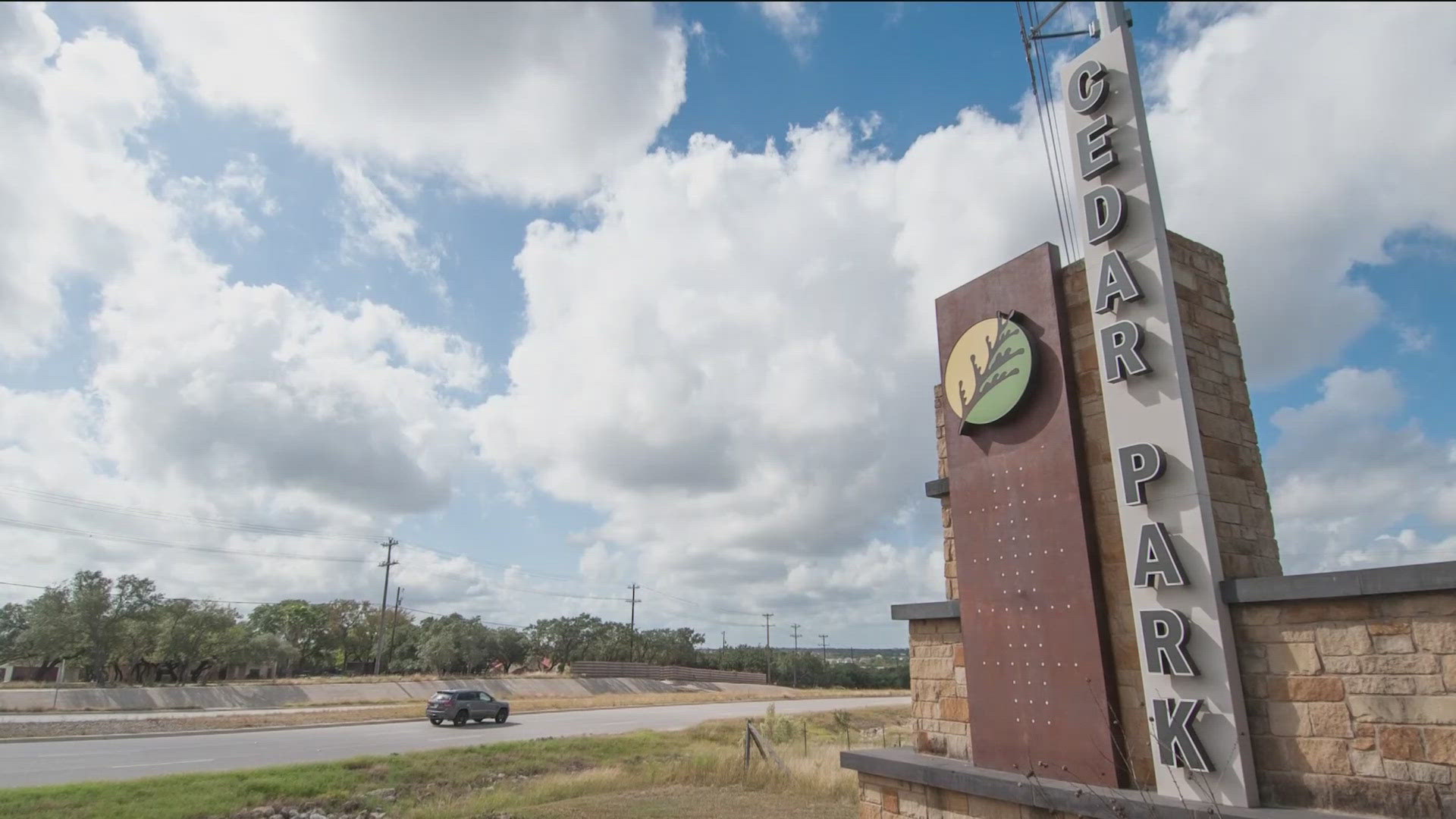AUSTIN -- Ten red light cameras were installed in Austin in 2008, and the number remains the same eight years later.
Austin police want to add red light cameras to help with busy intersections, saying the cameras have helped reduce crashes.
"We didn't have any fatality collisions at any of these intersections that are controlled by red light cameras in 2014. I would say they're effective," Austin Police Sgt. David McDonald said.
McDonald, who works in APD's Highway Enforcement Unit, said red light-related collisions tend to be more severe.
"Light turns yellow, someone wants to get through that intersection, they're not slowing down, speeding up so they can get through. And then you got that T-bone type of collision or right angle collision, our body is not really meant to absorb that," McDonald said.
KVUE obtained TxDOT statistics showing the number of crashes before and after red light cameras were installed at two of the city's busiest intersections. Before the cameras were installed at Interstate 35 and 11th Street in 2008, there were 62 crashes. In 2008-09, 24 crashes were reported and 10 in 2013-14.
At I-35 and Martin Luther King Boulevard, 38 crashes were reported before the cameras were installed. In 2008-09, 15 crashes were reported and 17 in 2013-14.
An Austin police detective reviews red light videos each week, and the money generated from tickets pay for police overtime.
City documents show the number of citations issued from red light cameras in each of the last five fiscal years:
- FY 2012: 8,731 issued; 386 not guilty
- FY 2013: 9,200 issued; 396 not guilty, 20 outstanding
- FY 2014: 12,512 issued; 545 not guilty, 26 outstanding
- FY 2015: 10,993 issued; 477 not guilty, 43 outstanding
- FY 2016: 3,839 issued; 97 not guilty, 1,013 outstanding (to Jan. 27, 2016)
McDonald said traffic problems like crashes grow with the city. With a shortage of officers, additional red light cameras would serve as extra eyes on roadways. Especially on busy intersections like Research Boulevard at I-35, where police said they respond to too many collisions.


